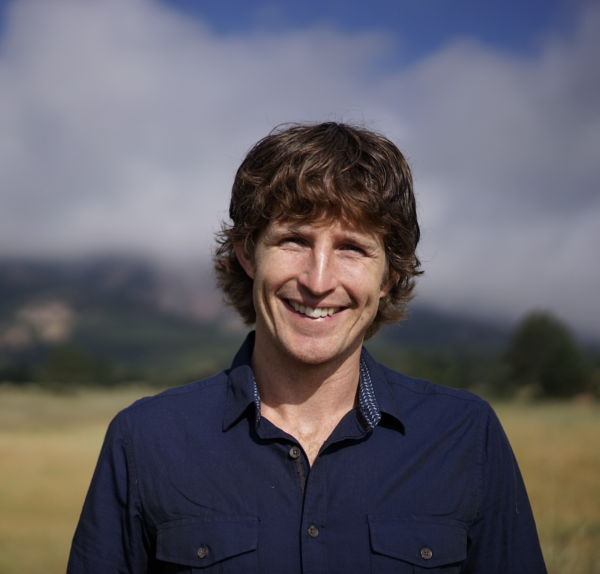
Atmosphere-Ocean Coupled Energy Budgets of Tropical Convective Discharge-Recharge Cycles
Brandon Wolding
NOAA/PSL
Tuesday, Dec 05, 2023, 2:00 pm
DSRC Room 2A305
JOIN THE WEBINAR:
GoTo MeetingAbstract
Abstract: An energy budget combining atmospheric moist static energy (MSE) and upper ocean heat content (OHC) is used to examine the processes impacting day-to-day convective variability in the tropical Indian and western Pacific oceans. Feedbacks arising from atmospheric and oceanic transport processes, surface fluxes, and radiation drive the cyclical amplification and decay of convection around suppressed and enhanced convective equilibrium states, referred to as shallow and deep convective discharge-recharge (D-R) cycles respectively. The shallow convective D-R cycle is characterized by alternating enhancements of shallow cumulus and stratocumulus, often in the presence of extensive cirrus clouds. The deep convective D-R cycle is characterized by sequential increases in shallow cumulus, congestus, narrow deep precipitation, wide deep precipitation, a mix of detached anvil and alto-stratus and alto-cumulus, and once again shallow cumulus cloud types. Transitions from the shallow to deep D-R cycle are favored by a positive “column process” feedback, while discharge of convective instability and OHC by mesoscale convective systems (MCSs) contributes to transitions from the deep to shallow D-R cycle. Variability in the processes impacting MSE is comparable in magnitude to, but considerably more balanced than, variability in the processes impacting OHC. Variations in the quantity of atmosphere-ocean coupled static energy (MSE+OHC) result primarily from atmospheric and oceanic transport processes, but are mainly realized as changes in OHC. MCSs are unique in their ability to rapidly discharge both lower tropospheric convective instability and OHC.
Atmosphere-ocean coupled energy budgets of convective D-R cycles may prove useful for guiding development of atmosphere-ocean coupled weather and climate models. Consideration of MSE and upper OHC may prove useful in understanding prolonged periods of suppressed convection, successive periods of enhanced convection, and perhaps even successive versus terminating MJO events.
Seminar Contact: psl.seminars@noaa.gov